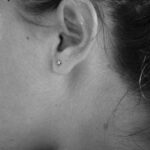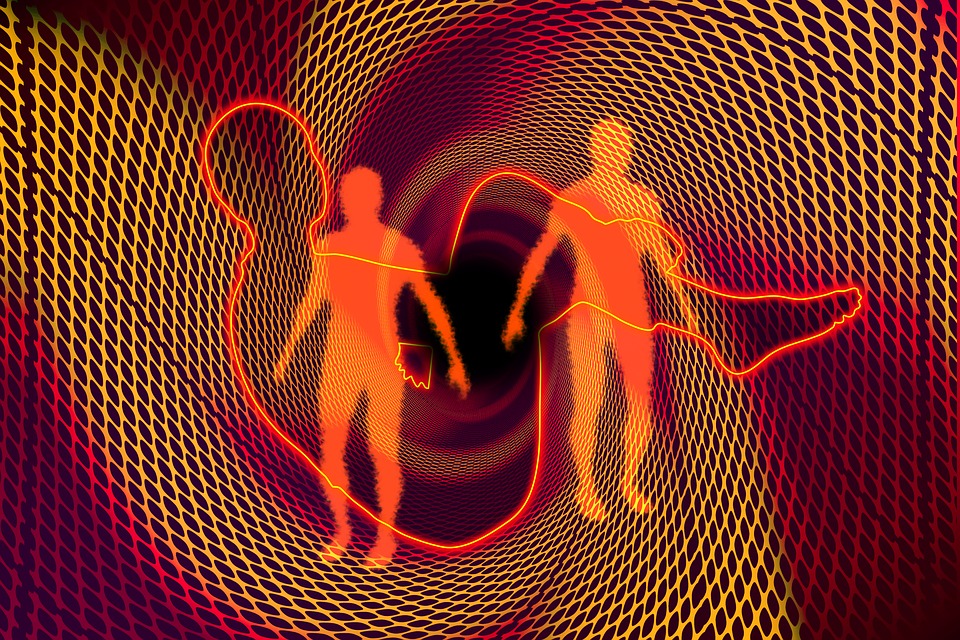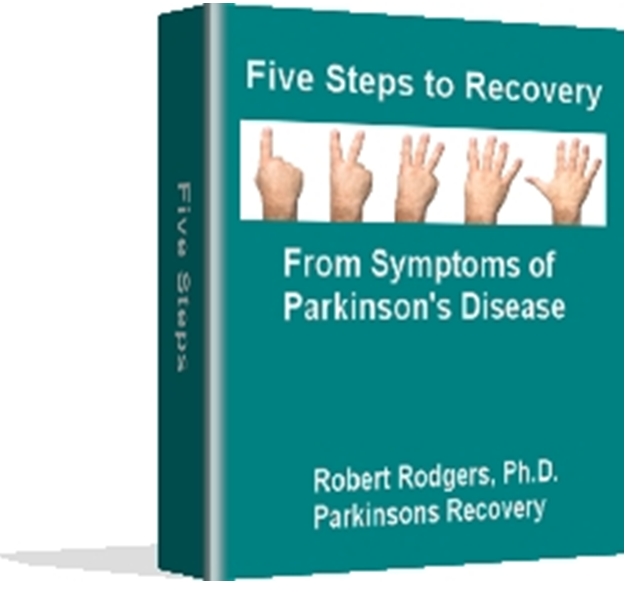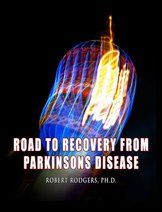As summarized in my video below, studies have reported promising results using photobiomodulation light therapy for TBI (Traumatic Brain Injury). Posted below are short abstracts of a selection of studies that focus on traumatic brain injury. Anyone with a TBI challenge should take this option to facilitate recovery seriously.
To put this in perspective, photobiomodulation (previously known as low level laser therapy) was little known five years ago. Researchers who explore its application to a wide range of health conditions has skyrocketed over recent years.
Included below small sampling of the dozens of studies that recommend photobiomodulation as a treatment for Traumatic Brain Injury (TBI).
Research Studies on Photobiomodulation Light Therapy for TBI
J Neurotrauma. .2023 Feb;40(3-4):210-227. Photobiomodulation in Acute Traumatic Brain Injury: A Systematic Review and Meta-Analysis
Abstract
Photobiomodulation is a therapeutic modality that has gained increasing interest in neuroscience applications, including acute traumatic brain injury (TBI). Its proposed mechanisms for therapeutic effect when delivered to the injured brain include antiapoptotic and anti-inflammatory effects.
Eighteen published articles were identified for inclusion: seventeen pre-clinical studies of in vivo animal models and one clinical study in human patients. The available human study supports safety and feasibility of Photobiomodulation in acute moderate TBI.
This systematic review provides substantial meta-analysis evidence of the benefits of PBM on functional and histological outcomes of TBI.
****************
Cells. 2024 Feb 23;13(5):385. Traumatic Brain Injury Recovery with Photobiomodulation: Cellular Mechanisms, Clinical Evidence, and Future Potential. Lew Lim
Abstract
The objective of this study is to analyze transcranial photobiomodulation which employs specific red to near-infrared light wavelengths to modulate brain functions, as a promising therapy to address TBI’s complex pathophysiology in a single intervention. This study reviews the feasibility of this therapy, firstly by synthesizing PBM’s cellular mechanisms with each identified TBI’s pathophysiological aspect. The outcomes in human clinical studies are then reviewed.
The findings support PBM’s potential for treating TBI, notwithstanding variations in parameters such as wavelength, power density, dose, light source positioning, and pulse frequencies. In summary, transcranial PBM represents a multifaceted therapeutic intervention for TBI with vast potential which may be fulfilled by optimizing the parameters.
****************
J Lasers Med Sci. 2022 Dec 13:13:e65. Transcranial Infrared Laser Stimulation for the Treatment of Traumatic Brain Injury: A Case Series
Abstract
Introduction: This study intended to evaluate the safety and possible therapeutic effect of photobiomodulation among patients with traumatic brain injury (TBI).
Methods: Eleven participants who were diagnosed with TBI after full neurological examination and MRI evaluation by a board-certified neurologist completed five to eight 20-minute sessions
Results: All patients enrolled in this study protocol were able to tolerate the study procedures. Nine out of eleven participants had clinically significant improvements in GRC score (? +2). Neuropsychological testing and mood questionnaire outcomes also suggested a positive therapeutic effect.
Conclusion: This study provides preliminary evidence supporting the safety and potential efficacy of photobiomodulation as a non-invasive clinical intervention for individuals with TBI.
****************
Ageing Res Rev. 2023 Jan:83:101786. Can transcranial photobiomodulation improve cognitive function? A systematic review of human studies
Abstract
Background: Transcranial photobiomodulation has been studied for over a decade as a possible cognitive intervention.
Objective: To evaluate the effect of photobiomodulation for enhancing human cognitive function in healthy adults and remediating impaired cognitive function in adults with cognitive disorders.
Methods: A systematic literature search from three electronic databases (PubMed, Scopus, Web of Science) was conducted from 1987 to May 2022. The cognitive function being evaluated included learning and memory, attention, executive function, language, and global cognitive function.
Results: Of the 35 studies identified, 29 (82.9 %) studies reported positive improvement in cognitive functions after tPBM. All nine studies on participants with subjective memory complaints, mild cognitive impairment, and dementia, showed positive outcomes. Seven (87.5 %) studies on traumatic brain injury (TBI) patients also showed positive results.
Conclusions: Photobiomodulation seems to improve cognitive function
****************
Photomed Laser Surg. 2018 Nov 28. Pulsed Transcranial Red/Near-Infrared Light Therapy Using Light-Emitting Diodes Improves Cerebral Blood Flow and Cognitive Function in Veterans with Chronic Traumatic Brain Injury: A Case Series
Abstract
Objective: This study explored the outcome of applying red/near-infrared light therapy using light-emitting diodes (LEDs) pulsed with three different frequencies transcranially to treat traumatic brain injury (TBI) in Veterans.
Background: Photobiomodulation therapy (PBMT) using LEDs has been shown to have positive effects on TBI in humans and animal models.
Methods: Twelve symptomatic military Veterans diagnosed with chronic TBI >18 months post-trauma received pulsed transcranial photobiomodulation using two neoprene therapy pads containing 220 infrared and 180 red LEDs over 6 weeks.
Results: Photobiomodulation significantly improved neuropsychological scores in 6 of 15 subscales (40.0%; p < 0.05; two tailed). SPECT analysis showed increase in rCBF in 8 of 12 (66.7%) study participants. Quantitative SPECT analysis revealed a significant increase in rCBF in this subgroup of study participants and a significant difference between pre-treatment and post-treatment.
Conclusions: Photobiomodulation using LEDs shows promise in improving cognitive function and Cerebral Blood Flow several years after TBI.
****************
Front Psychol. 2024 Jun 17:15:1378570. Can transcranial photobiomodulation improve cognitive function in TBI patients? A systematic review
Abstract
Introduction: Transcranial photobiomodulation is a non-invasive neuromodulation technology which has become a promising therapy for treating many brain diseases. Although it has been confirmed in studies targeting neurological diseases including Alzheimer’s and Parkinson’s that photobiomodulation can improve cognitive function, the effectiveness of interventions targeting TBI patients remains to be determined. This systematic review examines the cognitive outcomes of clinical trials concerning photobiomodulation in the treatment of traumatic brain injury (TBI).
Methods: We conducted a systematic literature review, following the PRISMA guidelines. The PubMed, Web of Science, Scopus, EMBASE, and Cochrane Library databases were searched before October 31, 2023.
Results: The initial search retrieved 131 articles, and a total of 6 studies were finally included for full text-analysis after applying inclusion and exclusion criteria.
Conclusion: Results showed improvements in cognition for patients with chronic TBI after photobiomodulation intervention. The mechanism may be that photobiomodulation increases the volume of total cortical gray matter, subcortical gray matter, and thalamic, improves cerebral blood flow, functional connectivity, and cerebral oxygenation, improving brain function.
About Vielight Photobiomodulation Devices
The company, Vielight, has generously offered followers of Parkinsons Recovery a 10% discount off orders of any of their devices including Neuro Gamma device. Enter the coupon code healing4me on the shopping cart. The website: www.vielight.com
Do not hesitate to call the company. They always provide four star service and are happy to answer all of your questions. 1-877-355-8012 (Main line). The company is located in Toronto Canada.
Warranty
Vielight is so confident in its new product that you get six (6) months to try out their newly invented photobiomodulation therapy. If for any reason you are not satisfied, you can return it for a 80% refund. I have never heard of a company that is so confident in their product that such a generous warranty can be extended. They obviously have high confidence in their new invention.
Experience of hundreds of members of my audience is certainly positive. Nine out of ten users retain their units. Only one out of ten return them to claim the 80% refund.
Robert Rodgers PhD
Founder 2004
Parkinsons Recovery
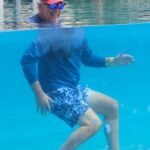
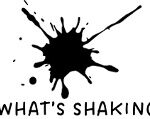
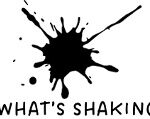
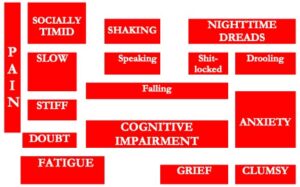


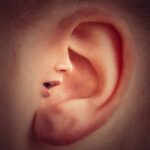


 because the urgency to pee does not wake you up every two hours.
because the urgency to pee does not wake you up every two hours.

